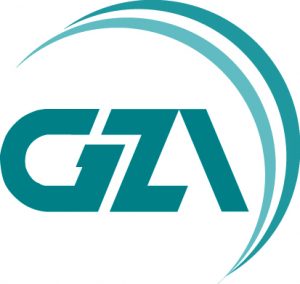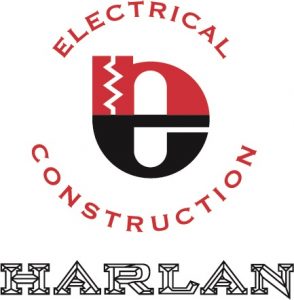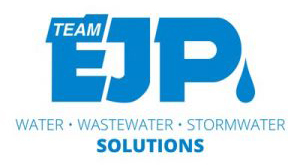2020 Winter Conference – Lights Up: Sustainable Solar in New England
2020 Winter Conference –
Lights Up: Sustainable Solar in New England
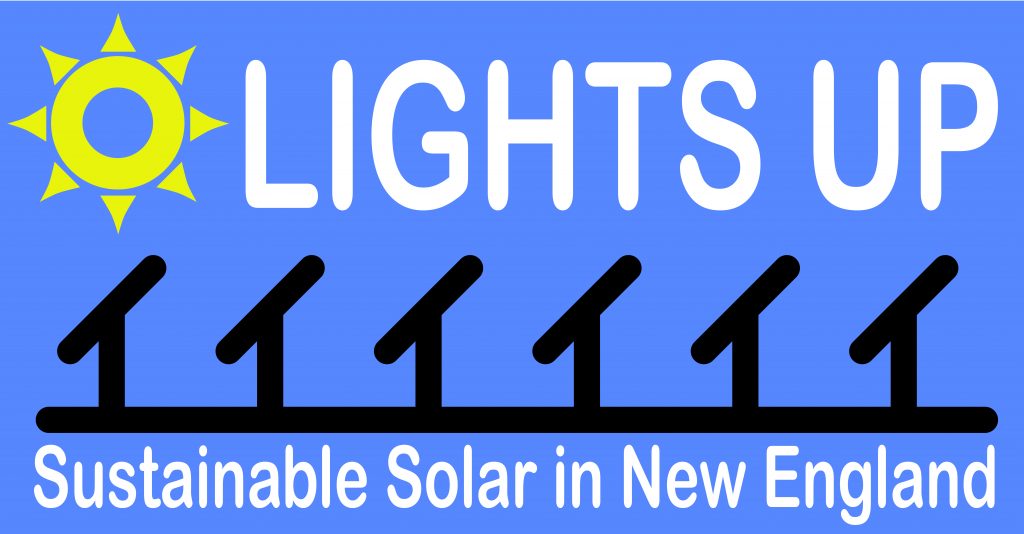
Thursday December 3rd &
Friday December 4th, 2020
The objective of the Soil and Water Conservation Society Southern New England Chapter is to promote, educate and advance all phases of the science of conservation of soil, water, and all related resources, as well as to provide a medium of exchange of facts, experience, and thoughts. We aim to represent, advance and promote the standards of the science of soil and water conservation.
Our 2020 conference will shine a light on the role of sustainable solar energy in New England. We will discuss the current status of solar and how innovation and community involvement can be combined to expand the use of sustainable solar. Each day in this 2-day virtual event will have around 5-6 hours of content including time for social events!
Program
(Login Information Redacted)
Networking Opportunities
Our previous conferences have attracted a wide range of participants from the private and public sectors. Don’t miss out on this opportunity to network with these Registered Attendees.
We’ve expanding networking through discord. Our attendees have the option of interacting with other conference goers through the Lights Up discord server.
Visit with our exhibitors in two individual breakout sessions. Each exhibitor will have their own Zoom breakout room. You will be able to move around between rooms and network.
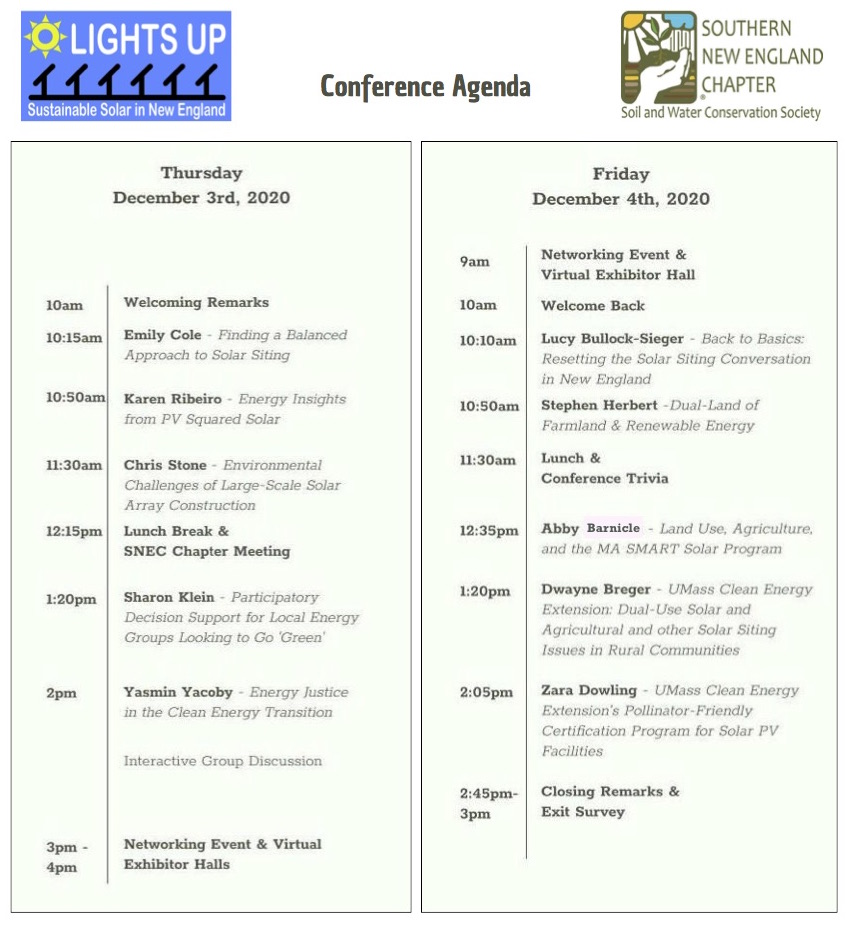
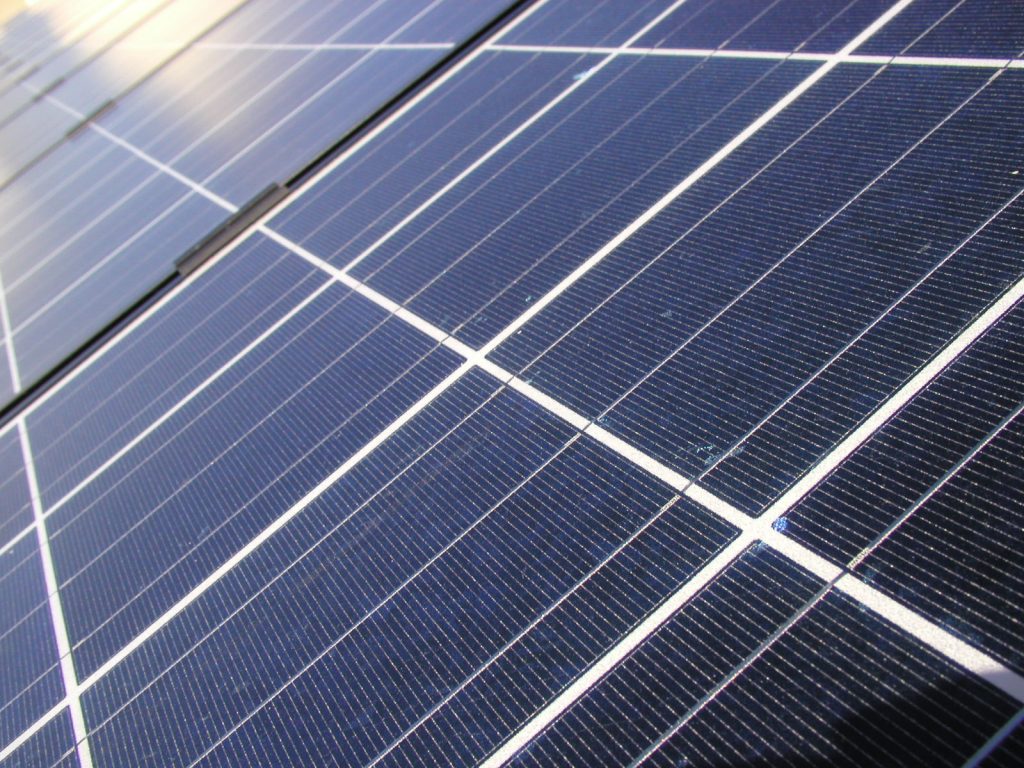
Speaker Information
Abstracts, Links to Presentations & Resources
Thursday December 3rd:
- Emily Cole (Climate & Ag Program Manager, American Farmland Trust) – A Balanced Approach to Solar Siting – We are simultaneously experiencing increasing demands for clean and renewable energy and increasing threats to the working lands of New England. We cannot move towards a climate stable future without clean energy, and we also cannot afford to lose our productive farmland and forest lands. Luckily – one does not preclude the other. There is a balanced approach to solar siting that forges a path ahead – Smart Solar Siting. With smart solar siting we can accelerate the expansion of renewable energy generation and cut greenhouse gas emissions while maintaining our natural and working lands. Link to Slides.
- Karen Ribeiro (Policy & Commercial Design, PV Squared Solar) – “Energy Insights from PV Squared Solar” will cover the rationale behind choosing a worker-owned cooperative business model and a governance model of values-based decision making, a few statistics about women in the energy sector, and a number of anecdotes about growing a solar business in the current political environment both regionally and nationally. Outline. & Link to Slides.
- Chris Stone, P.E. (Stormwater Permit Engineer, CT Department of Energy & Environmental Protection) – Recently enacted economic incentives have produced a large increase in the number and size of utility-scale solar arrays being built in Connecticut in the past few years. These projects can involve disturbing anywhere from 10 to 500 acres of land during construction. Connecticut’s Department of Energy & Environmental Protection regulates the construction of these sites through its construction stormwater general permit. However, CTDEEP has learned that many of these large projects present significant challenges in stormwater management and erosion control that are not always well addressed by the stormwater general permit. This presentation will discuss the nature and extent of these challenges and CTDEEP’s plans to address them while encouraging sustainable energy solutions. Link to Slides.
- Sharon Klein (Associate Professor, University of Maine) – Energy information is complex, requiring considerable resources and time for all interested parties. As more and more local energy groups (e.g., town committees, grassroots citizen groups, established local non-profit organizations, etc) move toward 100% renewable, energy independent, and/or carbon neutral goals, the need for accessible, easy-to-understand, comparative information about sustainable energy options for people with limited technical knowledge is critical. We developed a quantitative, data-driven, web-based Dam Decision Support Tool and associated participatory process, intended for use by both individuals and groups to help inform and support hydropower dam decisions by diverse stakeholder groups. A new proposed study will build on this hydropower-specific work to co-develop a Decision Support Tool for local energy groups through a research process that engages local energy groups in the tool’s creation. This presentation will describe the Dam Decision Support Tool and collaborative process used to develop it. It will also outline future plans to engage local energy groups in a similar process to help them choose between different renewable energy and energy efficiency options that may help meet their goals. Link to Slides. & Link to Draft Paper. & Link to Google Drive of Community Solar Resources.
- Yasmin Yacoby (Program Manager for Energy Justice, RI Office of Energy Resources) – It is crucial that everyone has access to clean, affordable, and reliable energy, and that our low-and-moderate income communities, our frontline communities, and our environmental justice communities are equitably benefiting from underlying clean energy investments and programmatic outcomes. We are at an incredible moment where we are redesigning our energy system to be more sustainable and clean. With that transition, we can consciously make the choice to be equitable, to design for those historically marginalized, and to uplift the voices of local experts. This presentation will serve as a case study of Rhode Island’s work towards energy justice, and will provide some tools to begin thinking about equity at your organizations. (Slides Unavailable for Distribution.)
Friday December 4th:
- Lucy Bullock-Sieger (Director of Civic Engagement, BlueWave Solar) – We know that solar is needed in order to meet the New England States’ clean energy goals and stop climate change. The solar industry has a unique opportunity to be a partner in supporting states’ land preservation, agricultural production and clean energy goals all at the same time. Come learn about what sustainable solar siting best practices are, what the pillars of a strong solar siting policy are and how the industry can press the reset button on the land use conversation across New England. Link to Slides.
- Stephen Herbert (Professor of Agronomy, University of Massachusetts Amherst) – Developing sound policy and effective on-farm practices to transition to renewable energy sources while accommodating and increasing our local and regional food supply requires maintenance of our land base for farming and food production. At the farm scale, integrating solar energy to support on-farm and community electrical needs has resulted in some ground-mounted solar PV on the farm to the exclusion of farming, as the land has been taken out of agriculture. Facing economic pressures, farmers and farm landowners have accepted offers to lease land for large scale solar installers eliminating agricultural use of land for 20-25 years.Our land resource is finite and must be protected to feed the ever increasing world population. In Massachusetts we produce less than 10% of the food consumed and reducing our land base for solar can be a short-term gain for a longer-term problem. The research at the UMass solar installation lead by Dr. Herbert is designed to be compatible with farming as the minimum height above the ground level is 7 feet. The project started with grazing cattle beneath the solar panels and has now transitioned to vegetable production. Clusters of three panels have variable spacing between clusters from 2 to 5 feet. The varying gaps between clusters provide more or less light to the crops growing beneath and not area is fully shaded throughout the day. A gap of 4ft between clusters yielded 90-95% of pasture yield of control areas without panels. With vegetables in grown in hot, dry years the areas under the panels providing shade were 15oF cooler than unshaded areas and yielded more or similar to unshaded areas, whereas in cooler years vegetables not shaded by panel cluster had higher yields than in partially shaded areas. Link to Slides.
- Abby Barnicle (Renewable Energy Program Coordinator, MA Department of Energy Resources) – DOER’s presentation, “Land Use, Agriculture, and the MA SMART Solar Program,” will provide a brief overview of recent changes made to the Land Use and Siting Criteria in the Solar Massachusetts Renewable Target (SMART) Program, including the qualification of dual-use solar photovoltaic (PV) systems as Agricultural Solar Tariff Generation Units (ASTGU). The presentation will provide an update on the Guideline Regarding the Definition of ASTGUs, including a review of DOER’s proposed revisions to the Guideline, the ongoing stakeholder process, and next steps. Resources for attendees. & Link to Slides.
- Dwayne Breger (Director, UMass Clean Energy Extension) – As solar development expands in Massachusetts, the opportunities and reservations regarding siting of ground-mounted solar installations will continue to mount, particularly in rural communities and on agricultural lands. The Clean Energy Extension will provide updated information on the early development of dual-use solar on agricultural lands in the state and key research questions raised by this development. We will also review our on-going work to support rural municipalities to be better informed and positioned to proactively engage in solar development that supports the community’s values and economic interests. Link to Slides.
- Zara Dowling (Research Fellow, UMass Clean Energy Extension) – Utility-scale solar photovoltaic (PV) facilities provide an important source of renewable electricity generation, but development of these facilities can also raise concerns about environmental impacts. In Massachusetts, the growth of solar PV capacity has led to concerns about conversion of land from open space to solar energy facilities, and the degradation of native habitats. One approach other states have taken to moderate the impacts of solar PV expansion is to develop pollinator-friendly certification programs that encourage the management of vegetation under and around solar PV arrays to support native flowering plants and associated pollinator species. In Massachusetts, UMass Clean Energy Extension spearheaded development of a Pollinator-Friendly Certification Program for solar PV facilities within the state. This presentation will provide an overview of the program, including how it was developed, program components, and the status of newly-certified facilities. Attendee Notes. & Link to Text of Slides.
Speaker Biographies & Contact Information
Thank you to our Sponsors!
Learn more about our Conference Sponsors & Exhibitors by clicking their logos below.
Gold Sponsors
-

-

All-Points Technology Corp:
Helping to Harness the Power of the Sun -
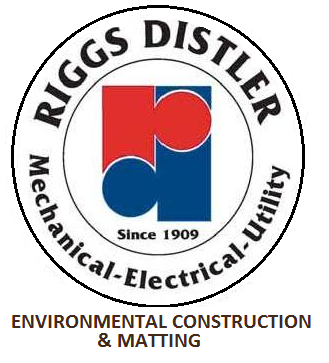
Riggs Distler:
Connections Your Customers Count On -
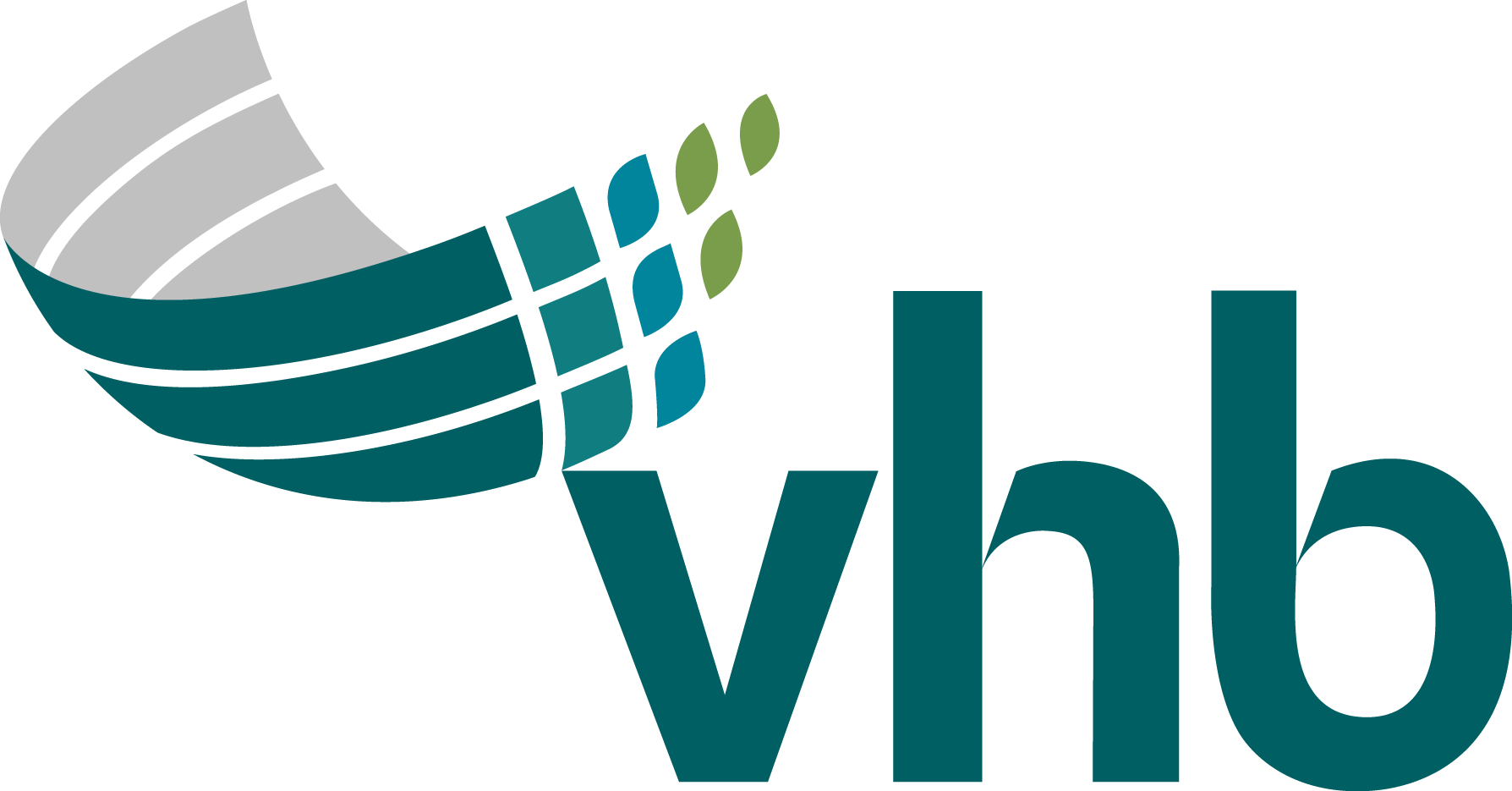
-
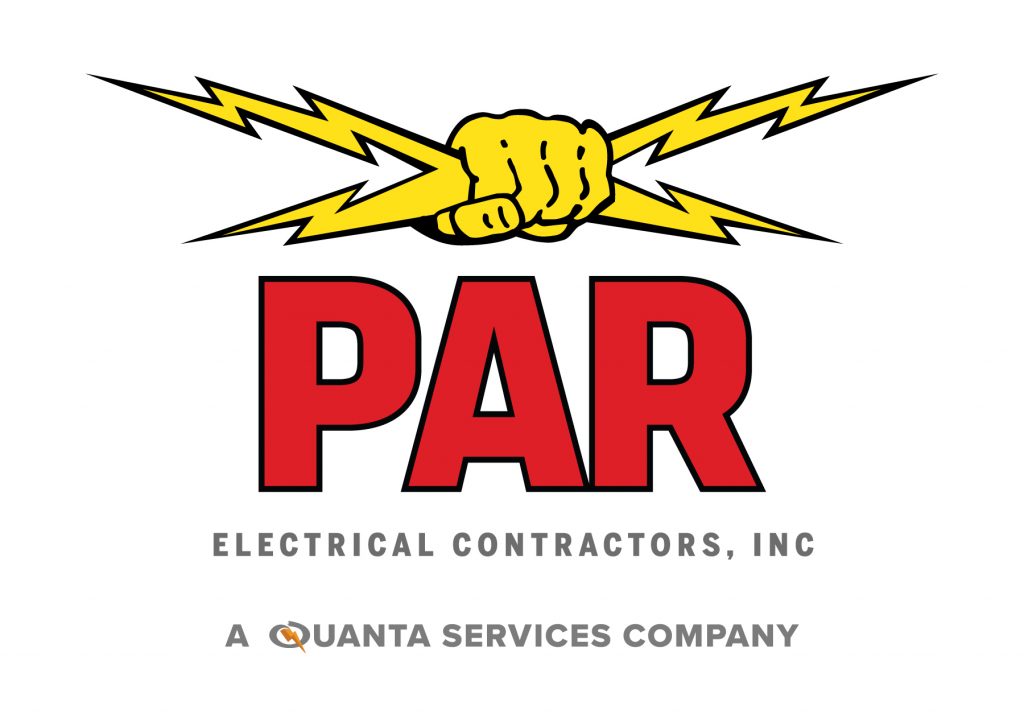
Silver Sponsors
Bronze Supporter
Additional Supporters Include:
TRC | Stantec | Davison Environmental |POWER Engineers
Supreme Industries | Watkins Strategies – Public Involvement Specialists
Conference Exhibitors:




